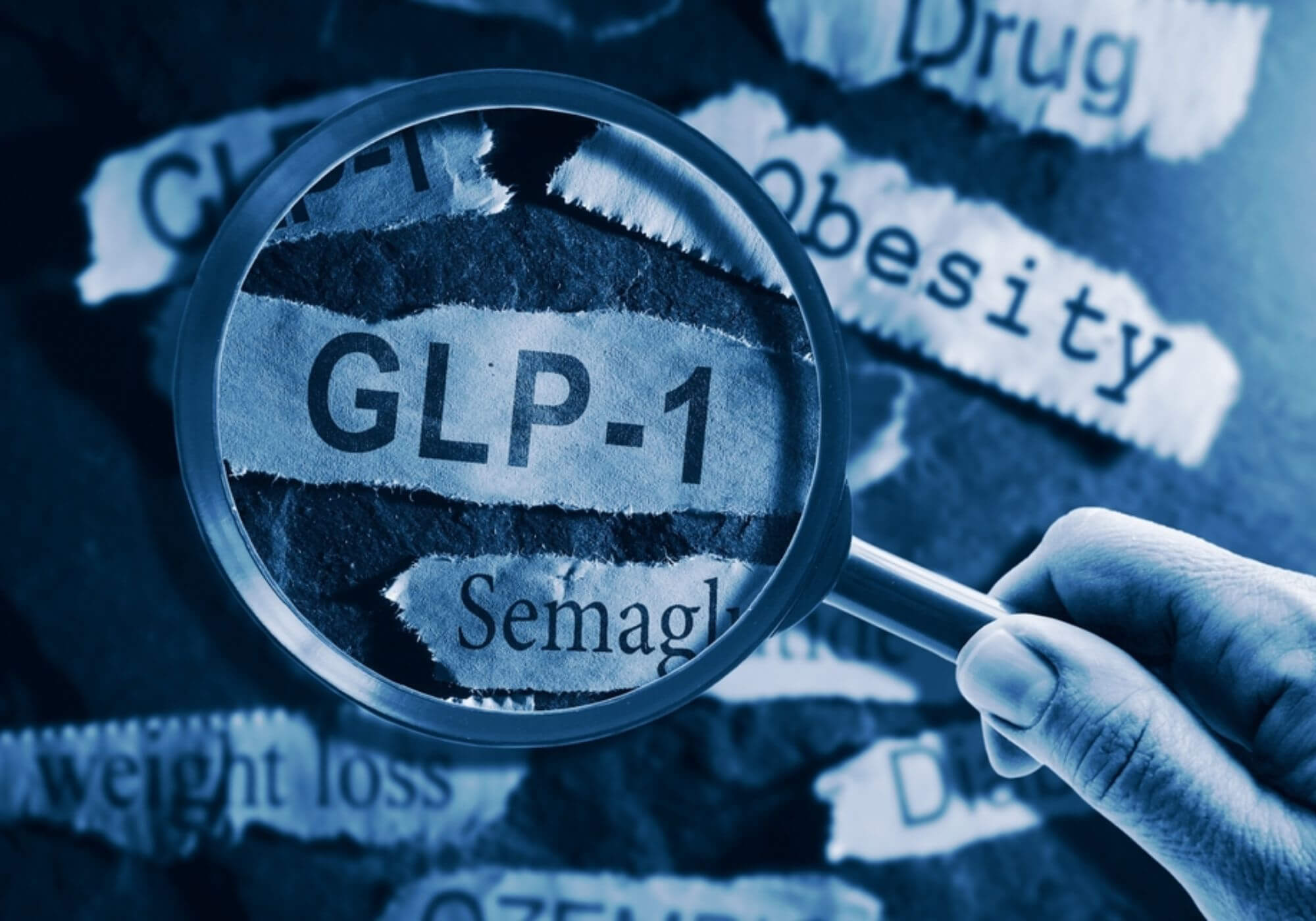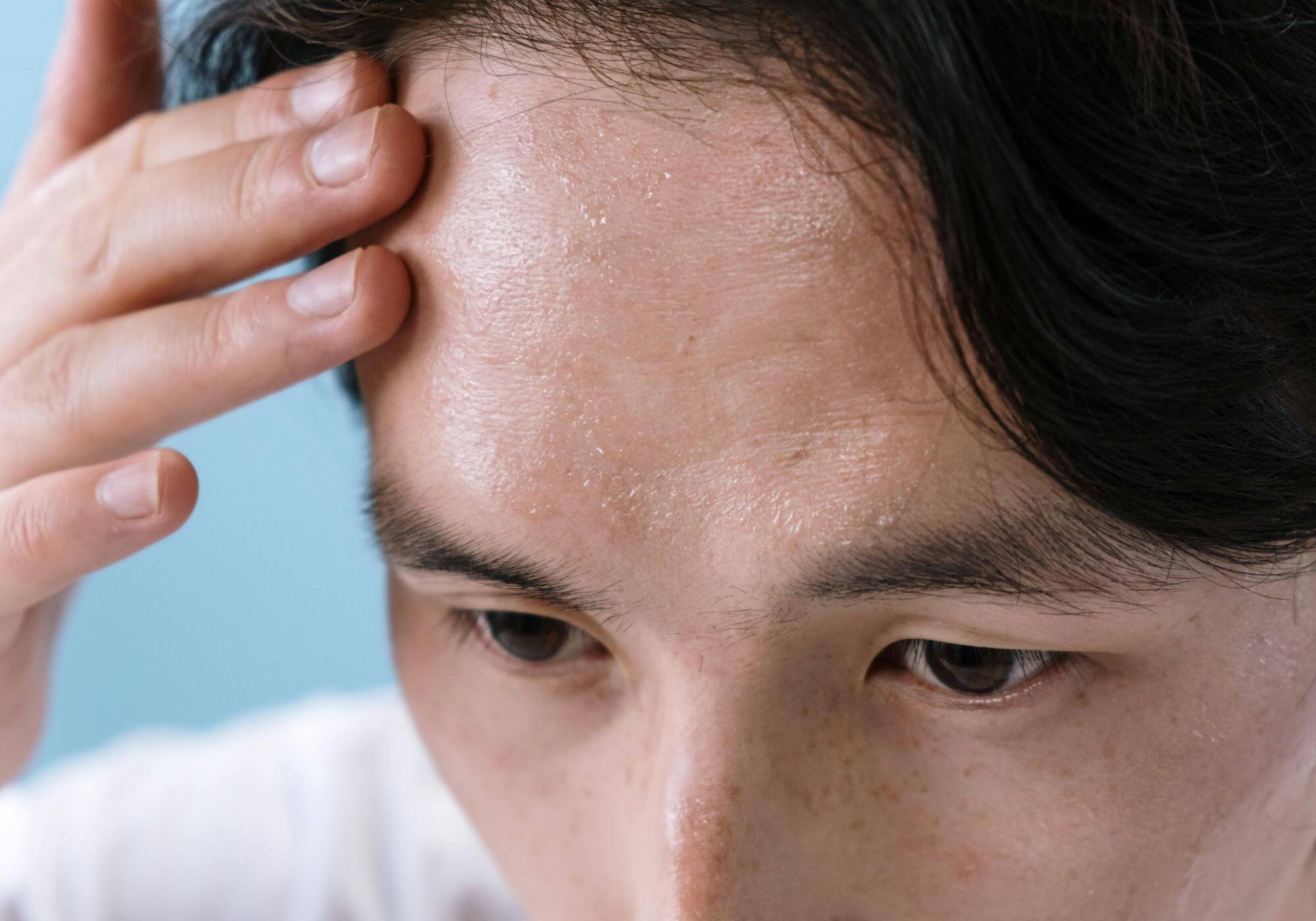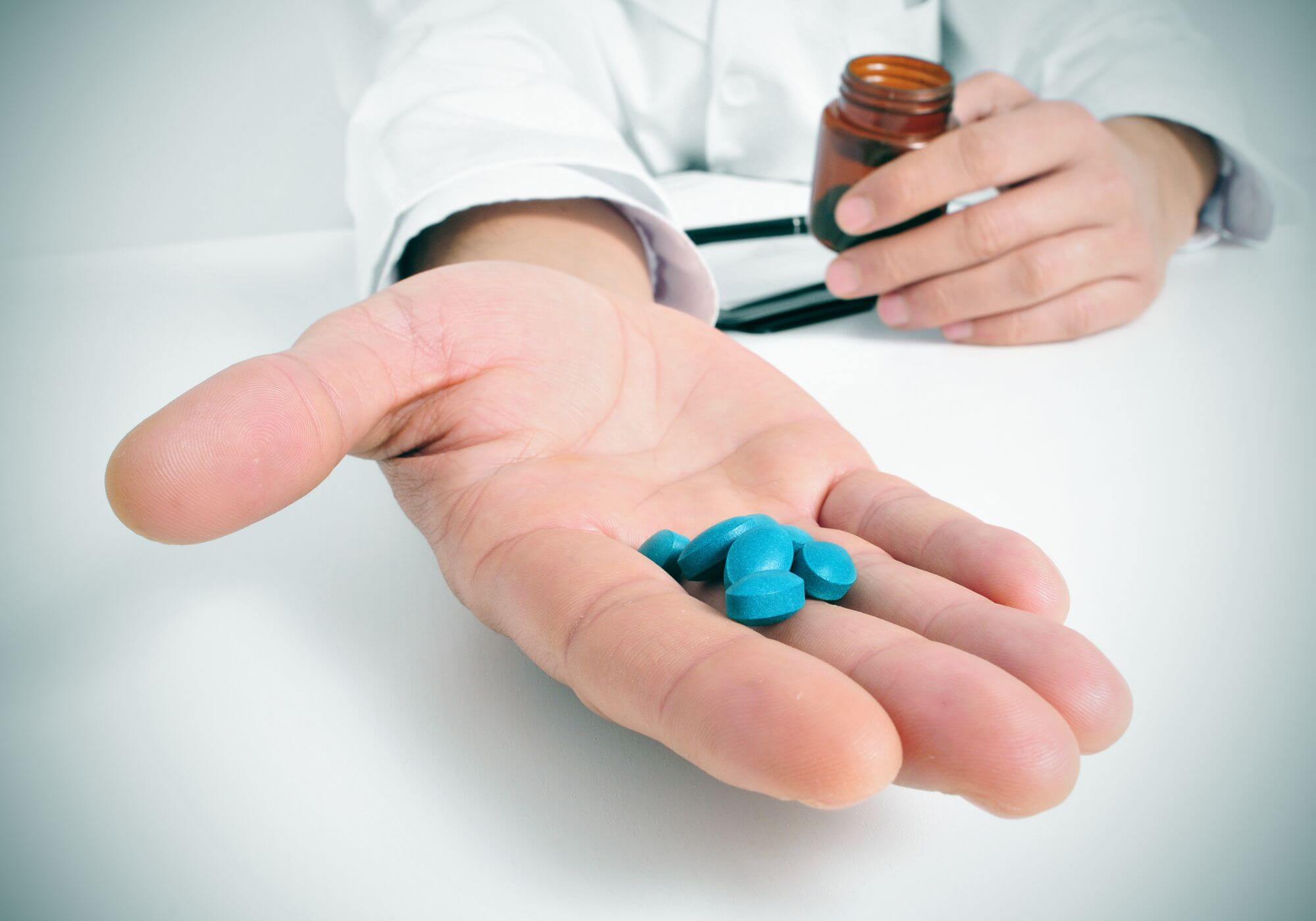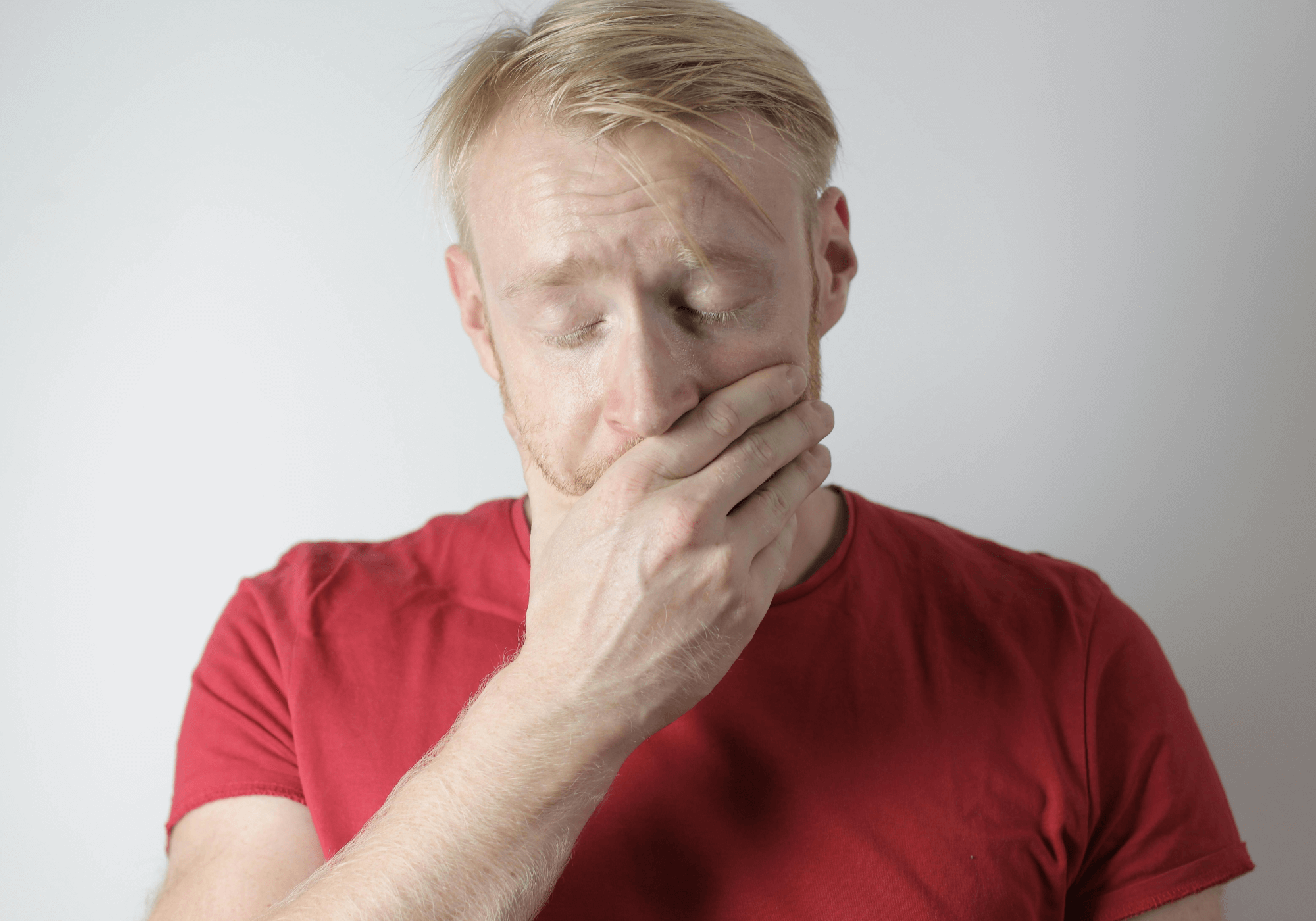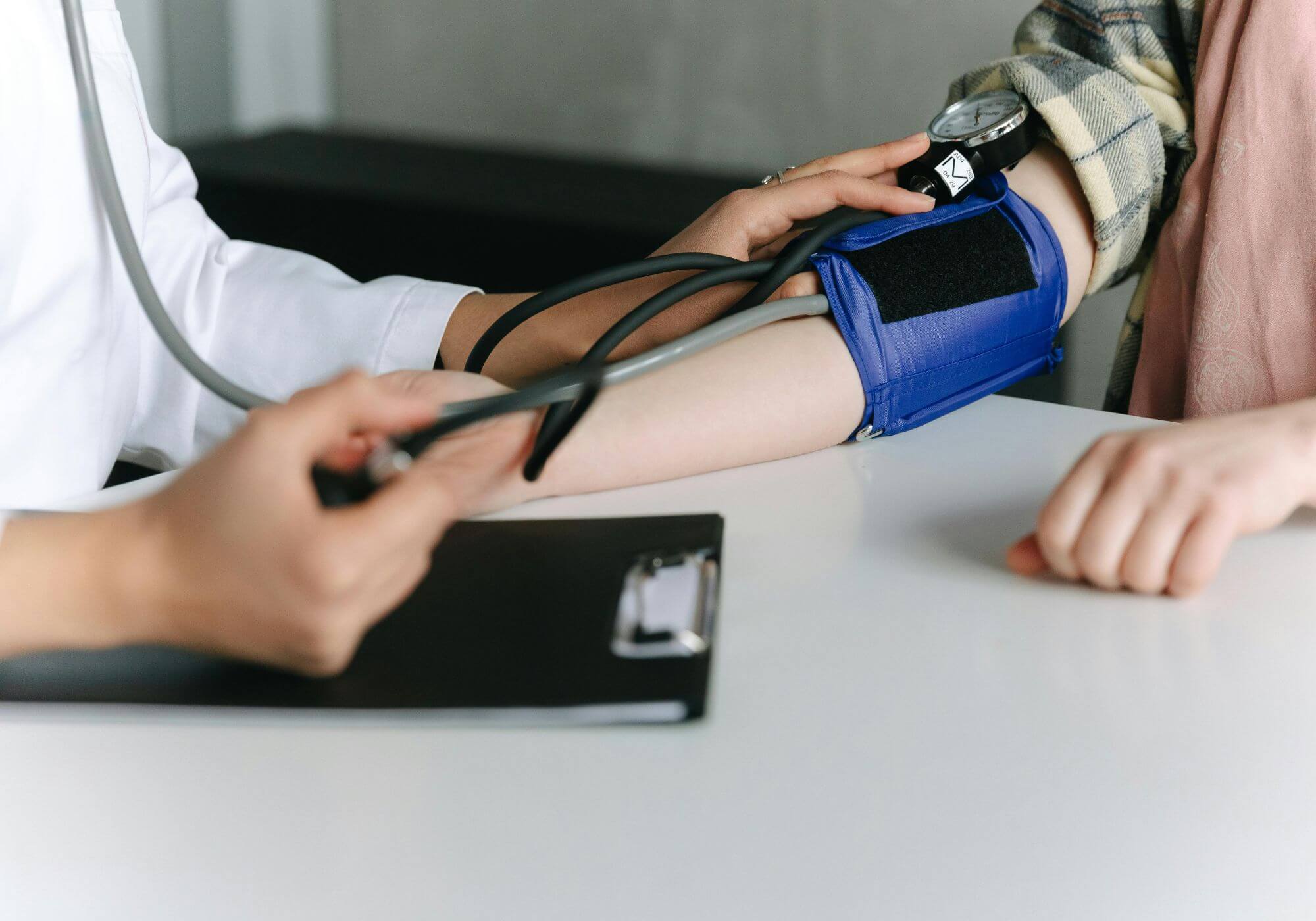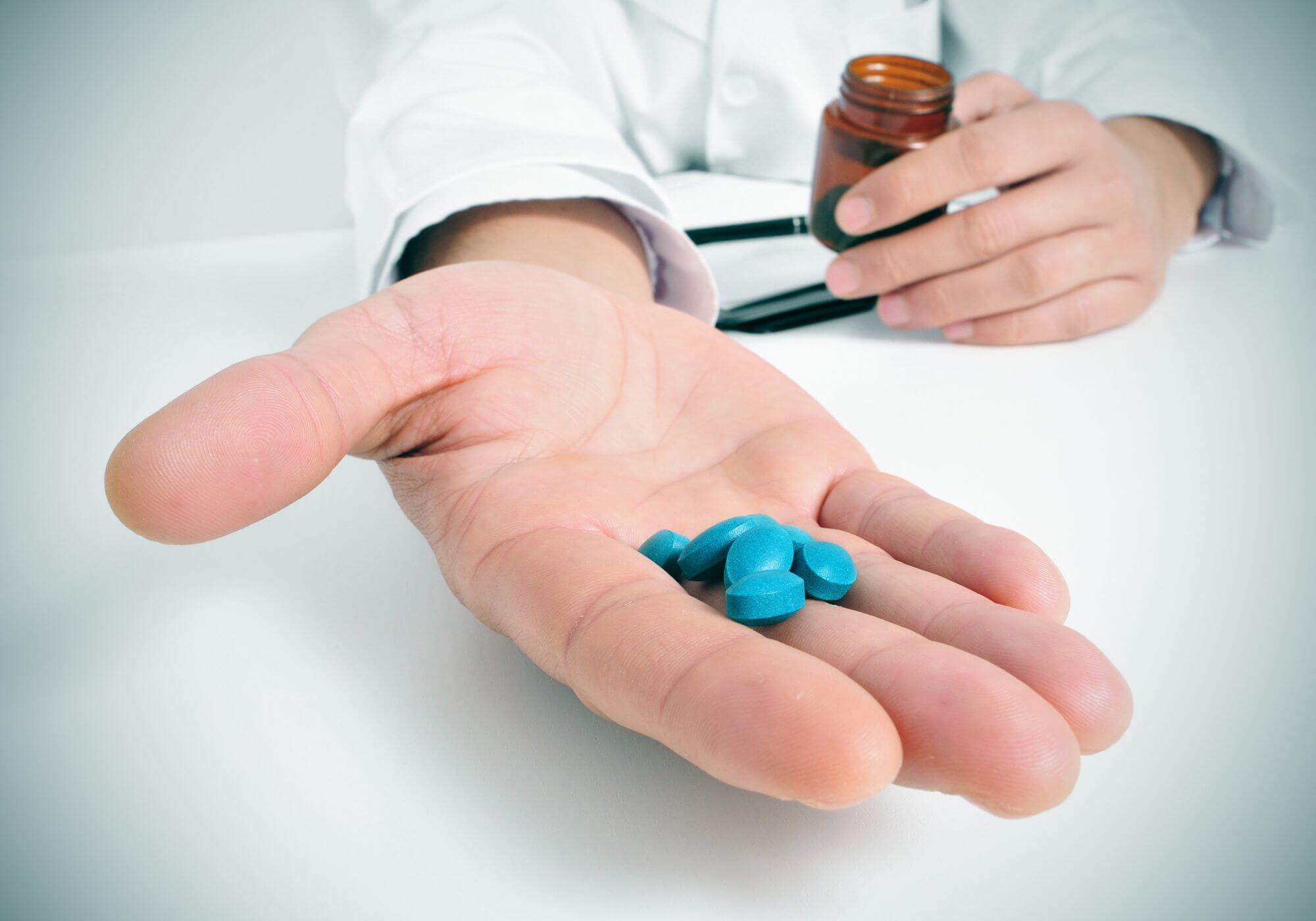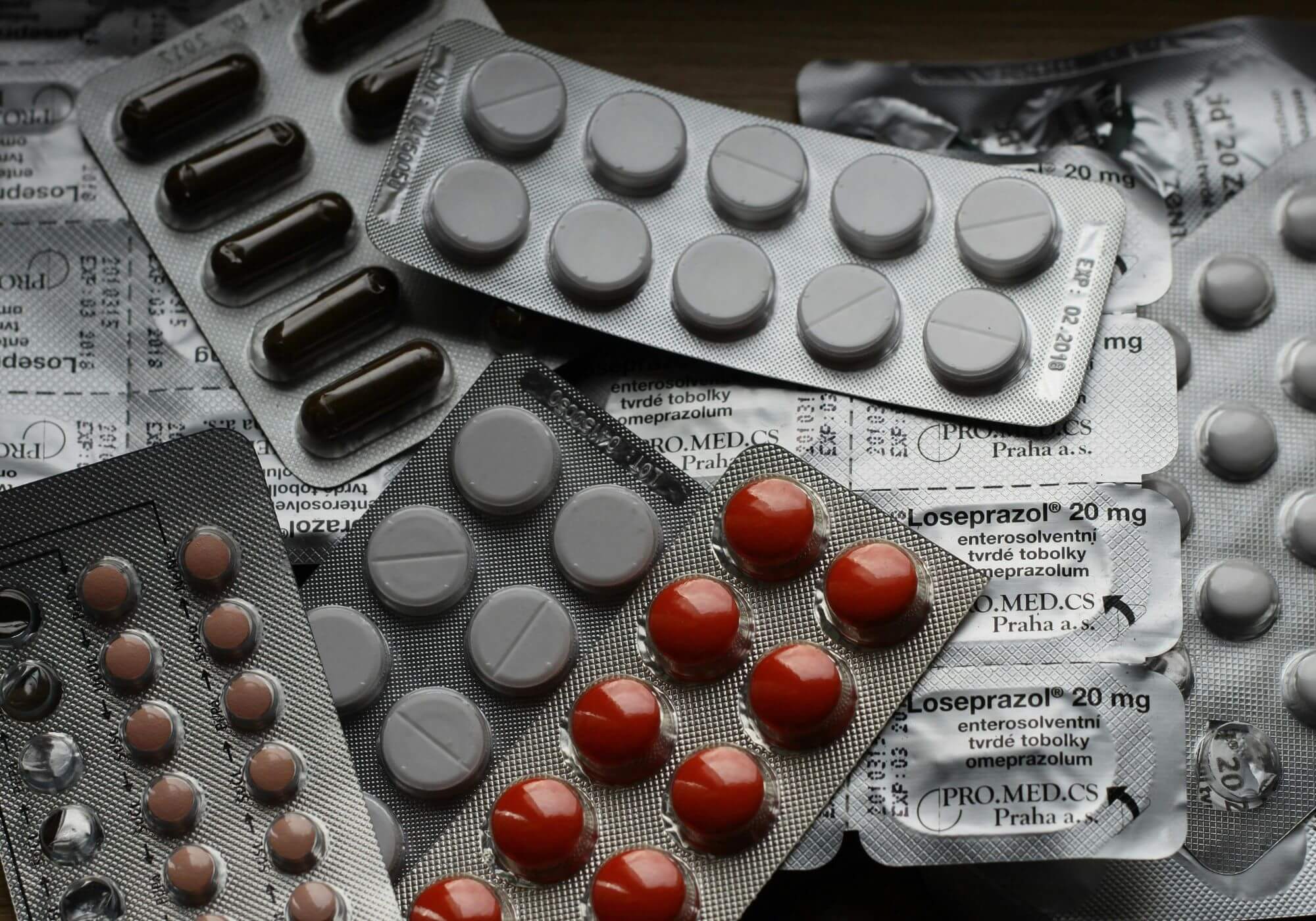How Can USA ED Prevention Transform Men’s Health?
Written By - Tarian Voss
on October 10, 2025
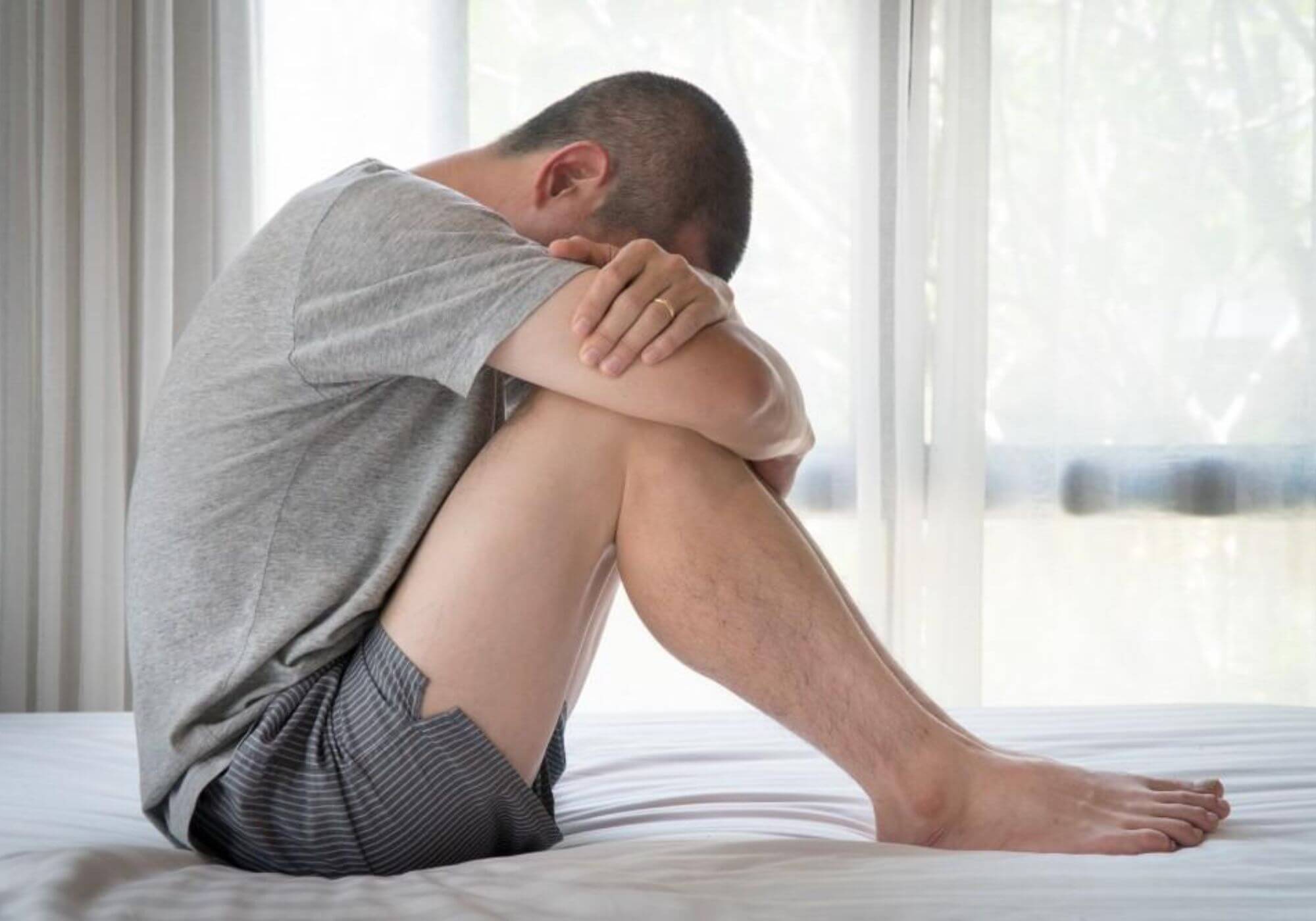
A Quiet Health Revolution—The Rise of USA ED Prevention
USA ED prevention is not just a distant and clinical approach but is has also become a daily movement which carves out new space for the hope and empathy. It has affected the genuine empowerment in men’s lives. As 2025 year unfolds the shift gets clearer and American men weave prevention into the fabric with routines and friendships with passions and communities. It means more than sidestepping a medical problem; it’s about unlocking long-term confidence, sustaining energy, and keeping joy alive no matter what age or background a man comes from. Here’s how this revolution is changing the conversation—one practical, heartful step at a time.
A Quiet Health Revolution—The Rise of USA ED Prevention
Imagine a New York morning: A man rolls over in bed, glances at his sleep data on a smartwatch, and smiles—he’s tracked a new record for uninterrupted, restful sleep. In a small Midwestern town, another man throws a tennis ball across his frost-tipped lawn to an eager golden retriever, feeling his stress lighten with every wag and leap. At Southern California friends come together and they gather at a men’s wellness event. They share the nervous laughter and candid talk. Every person there leaves feeling a little less alone and they also feel empowered
USA ED prevention in the year 2025 is more about the tech-powered mornings and not awkward visits to the clinic. It is about the pet filled afternoons and crowds coming together under one banner of wellness and support. It’s finally being dismantled one conversation and one creative habit at a time, thanks to a broader toolbox of prevention strategies tailored to America’s rich cultural landscape.
Biohacking for Better Days
Step into a tech-forward workspace in Silicon Valley or the energetic gyms in Atlanta, and you’ll find the leading edge of biohacking transforming the everyday routine of men just like you. This isn’t science fiction; it’s about using what’s at hand—wearables that track vital signs, nutrition tweaks that fit a hectic calendar, mindful breathing apps, and recovery protocols seen as badges of self-care.
Smartwatches and fitness bands are everywhere, but in this new era, they’re more than gadgets. They offer real data, informing men if poor sleep or high stress might be among their risk factors for ED. Men are now experimenting with methods like intermittent fasting—a 16:8 eating window, for example—to boost testosterone and keep energy steady. At the same time, accessible recovery tools (like infrared saunas and meditation rooms at local gyms) introduce moments of calm into busy American lives.
Supplements like zinc or L-arginine, when used wisely and with a doctor’s guidance, are part of the story, but there’s also a genuine culture of balance growing around these routines. In 2025, the message has changed: optimizing health isn’t just about adding, but also about removing what drags men down—excess, stress, information overload. The biohacking movement is about personalization; every man can customize his own path, whether he loves spreadsheets or sunrises.
Community Events—Connection as Medicine
ED once lived in silence, but now, prevention lives in the sunshine—out in the open at community events, charity runs, local talks, and even online forums. In Denver, health expos set up free screenings within walking distance of coffee shops. In Texas, men gather for 5Ks or pick-up basketball, discovering camaraderie in movement and shared vulnerability.
Cities like Nashville and Portland are seeing new “men’s wellness” meetup groups emerge. Here, honesty comes without heavy pressure—participants talk about fitness, family, stress, or simply meet up for forest hikes. Many of these events emphasize mental wellness just as much as physical health, with creative wellbeing performances and workshops bringing men together to support one another.
For rural men, or those short on time, virtual events have bridged the gap. But the core message travels everywhere: prevention is strongest when grown in good company. Community events make it okay—maybe even cool—to talk about these issues, allowing men to learn from each other’s experiences and build ongoing support networks.
Pets: The Everyday Stress Busters
Turn down any American street and you’ll hear barks, see leashes, or pass a pet carrier on the porch. Pets, especially dogs and cats, are quietly leading the charge in natural stress management—a key puzzle piece for USA ED prevention.
Recent research from American and international studies highlights an impressive truth: pet owners often experience lower stress, greater social connectedness, and even improved heart health. Throwing a frisbee, taking evening walks, or even just sharing the evening’s worries with a furred friend can lower cortisol and provide the dependable companionship that fights loneliness—a frequently overlooked risk factor for ED.
There’s power in these small moments. Men busy nurturing a dog or caring for a cat are also caring for their own emotional resiliency—without even noticing. And for those with allergies or space restrictions, fish tanks or robotic pets are creative stand-ins, offering gentle focus and calm. Even volunteering at animal shelters gives men a taste of this joyful routine without a permanent commitment.
Travel Wellness—Prevention on the Move
America’s highways and airports hum with constant motion, and for many men, travel is both a dream and a disruptor. Long flights, disrupted sleep, different foods—these can all raise the risk for ED if not managed with intention.
USA ED prevention is now about the savvy men who leverage travel apps that help the sleep patterns. They are like Time shifter. Instead of relying on fast food packing healthy snacks and doing yoga and quick stretches between the meetings is adopted. Travel-size magnesium supplements, small resistance bands, and downloadable meditation guides have all become normal carry-ons.
By planning ahead—packing sneakers, researching hotel gyms, setting up routines that fit into even the briefest layover—men can support both their circulation and peace of mind. All the activities encourage the travellers to experiment and adjust, even share the thoughts what works best for them.
Undertaking Financial Stress and Supporting Health
One of the factors which are breakthrough for USA ED prevention is the embracement of the financial fitness. Stateside, economic stress is a daily reality for many—from big-city rent climbs to unexpected bills in rural areas. The chronic worry that comes with financial anxiety can quietly undermine physical health.
But today, men are stepping up with digital tools: budgeting apps (like YNAB or Mint) are helping Americans set small, visible goals and monitor progress in real time. Even choosing to bring lunch from home twice a week can build new habits and create breathing room in a tight budget.
Bigger cities now host pop-up financial counselling sessions and therapy workshops, while local libraries from coast to coast are offering free classes on money management. By gradually gaining control over their finances, men relieve mental burdens, restoring confidence and reducing stress hormones that can influence ED risk. This connection—between dollars and wellness—has opened a practical, judgment-free route to prevention.
Creative Hobbies—The American Spark
Creativity is more than art for art’s sake; it’s rapidly becoming one of the most accessible and joyful routes to ED prevention. From Nashville’s guitar shops to community pottery studios in Wisconsin, American men are rediscovering hobbies—painting, woodworking, music, even journaling—that naturally ease pressure and improve whole-health resilience.
The science is simple: creative expression lowers anxiety, encourages mindfulness, and provides a buffer from life’s constant demands. Men who once felt lost in routine are now learning a new song, shaping clay vases, or writing poetry on lunch breaks. Whether it’s a solitary pursuit or a group art class, creative hobbies invite men to get lost in the flow, set aside worry, and make room for healing.
Unlike achievement-driven fitness goals, hobbies are about process over perfection. This gentle approach helps build confidence and allows men to reimagine what wellness looks like for themselves.
The American Path Forward: A Human Story
What sets USA ED prevention apart in 2025 is its brilliant flexibility, its openness to both tradition and reinvention. Rather than pushing one formula, it offers a bouquet of strategies: data-driven tech for the number crunchers, group events for the socially minded, pets and nature for nurturers, checklists and challenges for those who love action, and tranquil creativity for those finding healing in quiet places.
This isn’t health advice handed down from on high—it’s neighborly, a mosaic of everyday decisions and micro-habits forged by lived experience. In this new landscape, men are not just patients, but active co-authors in their own stories of vitality.
Stigma is finally losing its foothold. Wellness is becoming a byword for joy, connection, exploration, and a quiet pride that comes from meeting life with renewed strength. Whether starting with a community hike, adopting a rescue pet, tracking sleep, or strumming a half-remembered folk song, each step is its own form of victory.
USA ED prevention’s greatest promise isn’t just in the stats or scientific journals. It’s in waking up hopeful, shaking off shame, and knowing there’s always one more avenue—big or small—to try. This movement is built from the ground up, shaped every day by American men daring to take their health into their own hands, and by a culture ready, at last, to cheer them on.
More Blogs
